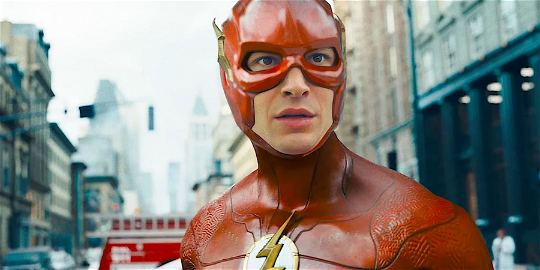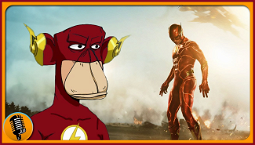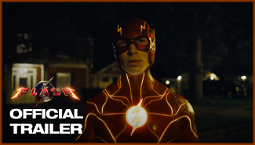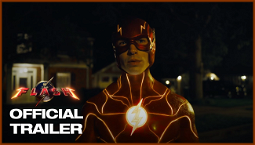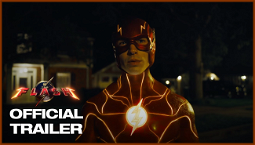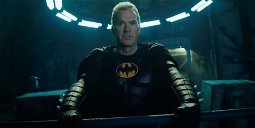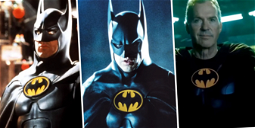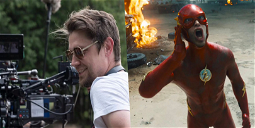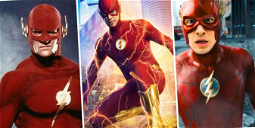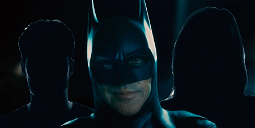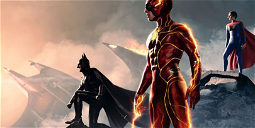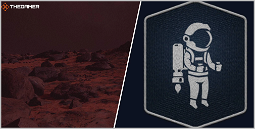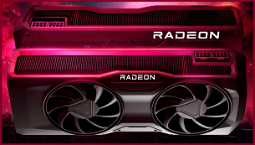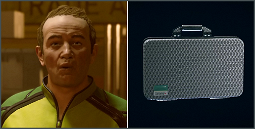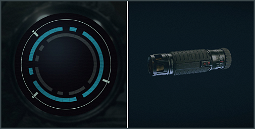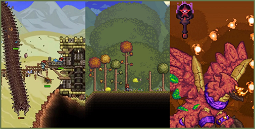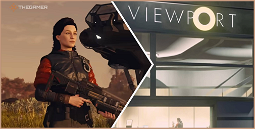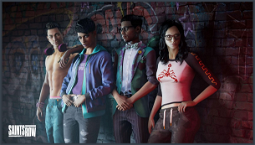The Flash: Resurrecting Dead Actors with CGI
The Flash, the DC multiverse's answer to the MCU's inter-connected saga, has gained popularity for bringing back deceased actors like Christopher Reeve, Adam West, and George Reaves for nostalgic fan service cameos. However, the use of CGI to resurrect these actors is not only a disservice to their careers but also tarnishes their legacies. The normalization of using AI to bring back the deceased turns them into literal commodities, and Hollywood's misuse of this technology sets a dangerous precedent for the industry.CGI resurrection of actors raises ethical concerns for many in the industry. While movie studios aim to reduce costs and creatives seek to profit from art, this practice undermines the intrinsic value of individuals. Artificially bringing back deceased actors reduces them to mere pawns in the game of cinema. The problem lies not with the technology itself, but with how Hollywood chooses to employ it. The endgame is not to create more engaging films, but rather to increase commercial demand and subsequently diminish the respect and compensation for those involved in the filmmaking process.
This issue extends beyond The Flash. In The Current State of the Union, the Russo Brothers discuss their intrigue with the idea of using AI to bring back deceased celebrities like Marilyn Monroe. The implications of CGI resurrection extend beyond nostalgia bait; it threatens to devalue the work that actors dedicated their lives to.
The Negative Impact of CGI Resurrections
Both The Flash and Rogue One serve as examples of how CGI resurrections can harm an actor's legacy and diminish the weight of their contributions. Bringing back Peter Cushing in Rogue One felt insensitive and disrupted the storytelling, as Lucasfilm could have recast the character or given more substantial roles to other characters. The improved Luke Skywalker in The Book of Boba Fett felt off due to the use of a monotone AI voice that failed to capture the emotion of Mark Hamill's original performance. These instances are merely attempts to live out impossible fantasies and cater to the vanity of creatives and higher-ups.
Instead of resorting to CGI necromancy, alternative solutions should have been considered. For instance, in Flashpoint, they cast Brandon Routh, who coincidentally played Superman in 2006's Superman Returns. However, the end goal should not be to produce replicas of old characters, but to value the contributions of new actors and artists. The industry's desire to minimize the role of actors and pay them less is abhorrent and should not be fueled.
A Future Without People in Art
Bringing dead actors back through CGI contributes to the ongoing devaluation of individuals who strive to create art. Filmmakers could have chosen to recast roles or offer them to new talent, or even allowed original actors to give performances supported by technology. The option of having the original Mark Hamill provide the voiceover with proper credit is also viable. However, the industry's current path leads to a future where perfect, cheaper, and less demanding AI replaces human actors.
Artists become commodities, and the disconnect between fame-seeking filmmakers and the true essence of filmmaking deepens. The result is an industry saturated with bland and unoriginal content, driven solely by artificial intelligence.
The practice of using CGI to resurrect dead actors solely because of their fame offers no real value. The dead themselves understand the importance of letting the dead rest, and the increasing use of artificial intelligence in the theater world demonstrates a lack of respect for the craft.
